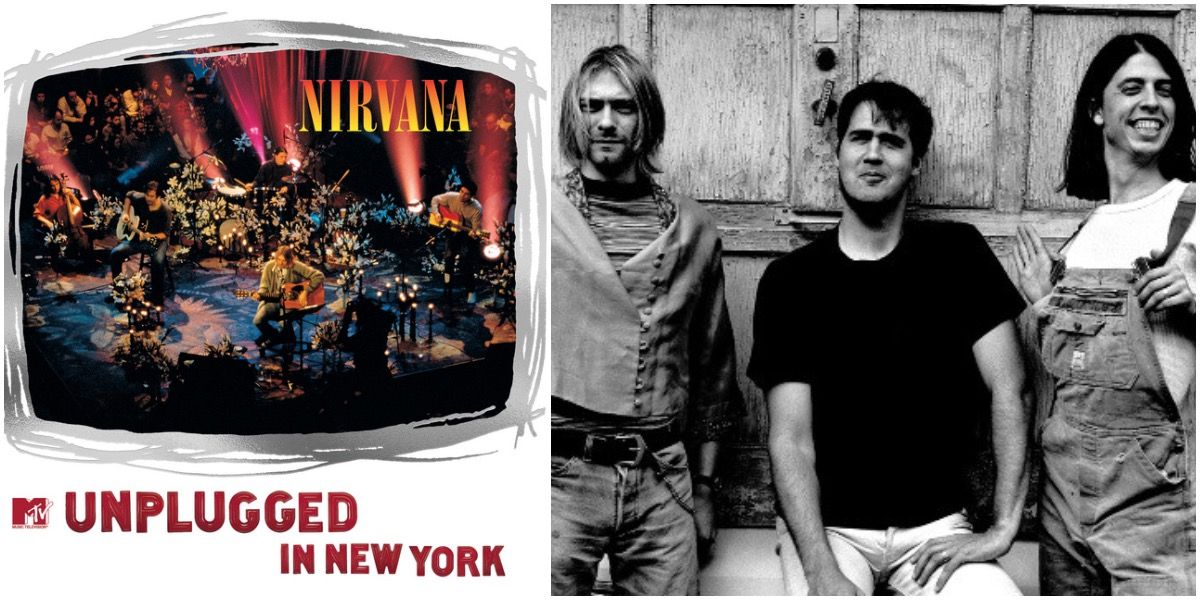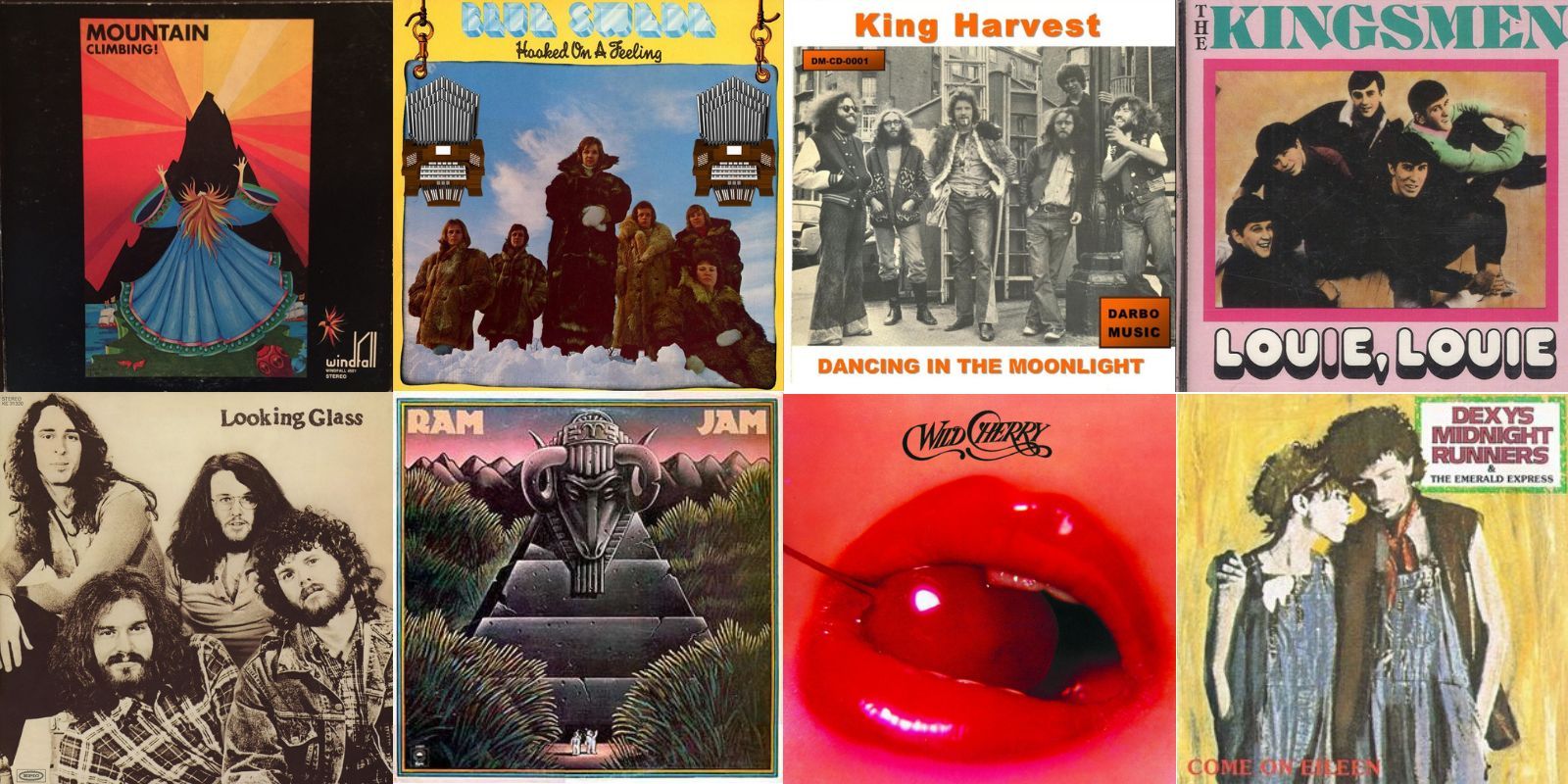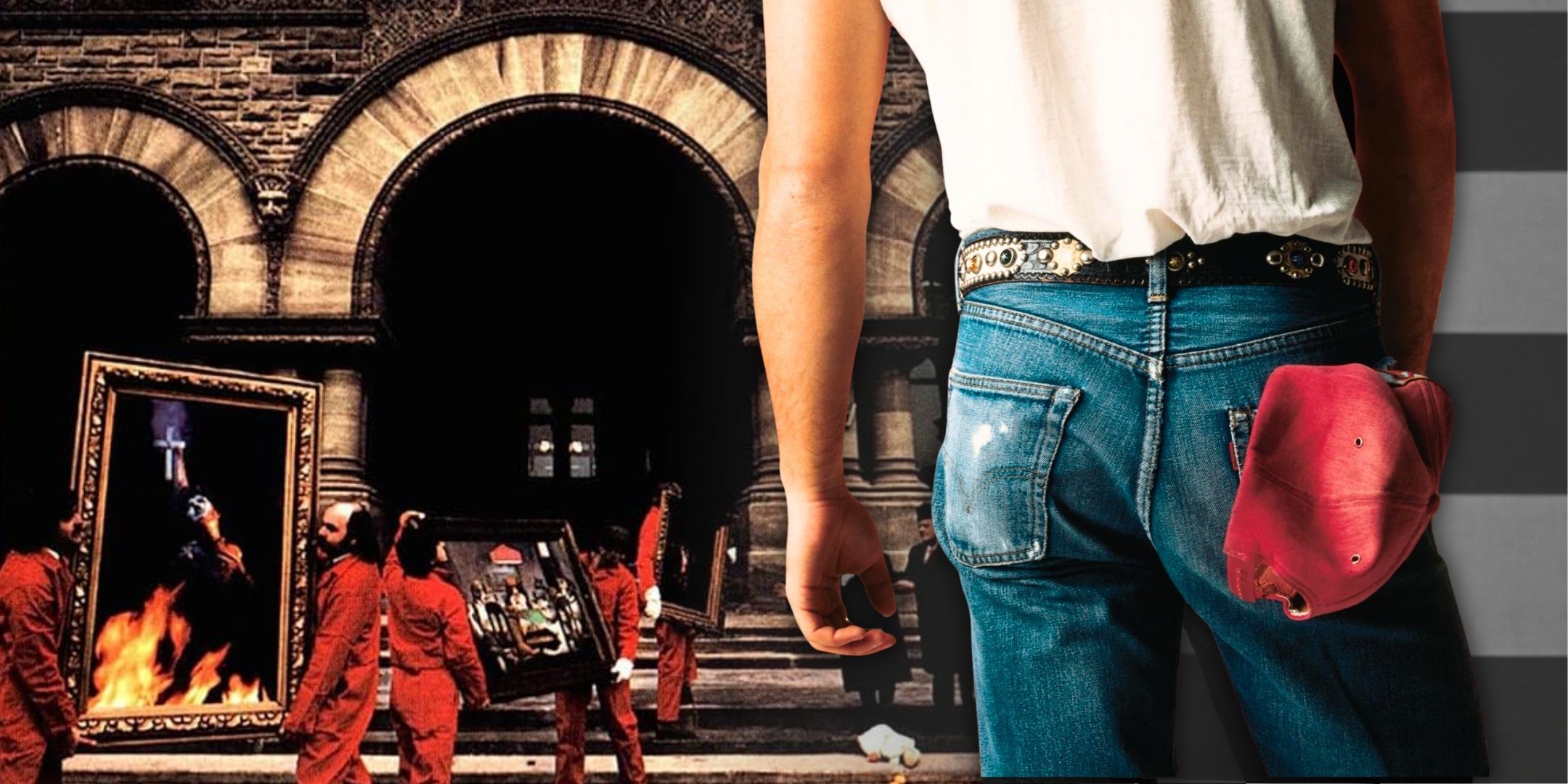Starting with their first release in 1969, the Allman Brothers Band defined and redefined Southern rock music. They combined technical virtuosity with high energy and a variety of influences to create one of the most distinctive discographies in American music. The group eventually received their accolades with their much-deserved induction into the Rock and Roll Hall of Fame in 1995.
Despite its iconic status, the group didn’t always have it easy. Their career got off to a slow start and the band went through personal tragedies on their way to stardom. They broke up several times, and they didn’t always make music that lived up to their talent level.
In the end, though, they found a way to move forward, creating indelible rock for decades. Tracking the band’s career through its most definitive songs reveals an adventurous act that always knew how to come back and carry on.
10
Revival
Idlewild South (1970)
The Allman Brothers Band didn’t get off to a quick start. Their 1969 self-titled debut album barely cracked the top 200 in sales, even though it did receive some critical praise. The band wasn’t one to follow convention, so they did their own thing.

Related
10 Huge Bands Who Unbelievably Never Had A Number 1
By no stretch does chart success always align with true musical greatness, and it’s certainly not where such greatness is usually born.
They holed up in Macon, Georgia, for a bit and spent the rest of their time on the road, working out new material and recording erratically for the Idlewild South. Like its predecessor, the album wasn’t a big commercial success, but it laid the groundwork for a career just about to take off.
The opening track “Revival” introduced Dickey Betts as a songwriter (Gregg Allman had been doing most of that work). The song has classic Allman guitars, but shows a diversity in Duane Allman’s acoustic work and the gospel-influenced vocals. The cut reached the singles chart, showing that, particularly as the band toured, the act was developing something special.
9
Whipping Post
At Fillmore East (1971)
While the band’s albums largely received good reviews, sales remained unimpressive. The Allmans were undeterred, and their relentless touring began to develop their reputation. The act would maintain a standout live show for decades, mixing Southern rock, blues, and jam band approaches to their sets.

Related
10 Live Albums That Defined A Rock Band’s Career
These 10 live albums were created by rock bands that gave all they had on stage and managed to capture the magic in a career-defining recording.
At Fillmore East captured the stunning nature of those early years, and its commercial success helped the band become stars. The high point of the double album is “Whipping Post.” A shorter studio version was included on the group’s debut, and it’s a strong recording.
The live version here, though, absolutely took off, 20+ minutes of fire. The song’s blues feel set to an unusual time signature immediately sets it apart. The howling guitars and Greg Allman’s intense vocals make it a legendary cut, the defining moment on the album that would ensure the band’s legendary status.
8
Mountain Jam
Eat A Peach (1972)
“Whipping Post” showed the Allman Brothers Band’s unusual ability to stretch a song while keeping it interesting. “Mountain Jam” took the concept even further. The band’s finest album, 1972’s Eat A Peach, contains one classic song after another, but it’s “Mountain Jam” that best defines who the group had become by displaying quintessential elements of their art.
This is one of Duane Allman’s last recordings.
The performance runs over half an hour, taking up two sides of a double-LP. It grew out of improvisation and became its own beast. A frequent part of live shows during various parts of the group’s career, it’s a key link between their extended rock jams and their more jam-band-styled take (though they didn’t take the “jam band” label).
Tragically, this is one of Duane Allman’s last recordings, as he was killed in a motorcycle accident after the release of At Fillmore East. His slide playing is some of the finest of his career, and the song serves as a hinge between the early era with Duane and the later era, in which the band found a way to move on without sacrificing the art he’d helped to create.
7
Ramblin’ Man
Brothers And Sisters (1973)
The Allman Brothers had found remarkable success, but tragedy struck twice. About a year after Duane’s death, bassist Berry Oakley also died in a motorcycle accident, not far from the site of Duane’s.
The band persisted, with guitarist Dickey Betts picking up more of the leadership, and the group soon produced Brothers And Sisters, an album nearly as good as the masterpiece Eat A Peach. Lead single “Ramblin’ Man” showed a new side of the group, without moving them too far.
The cut has more of a country sound to it, differing from the blues rock that had dominated the first few albums. The musicians still stretch out, from that unforgettable opening to the octave-jumping fadeout. Bett’s lyrics are unforgettable, defining both an individual character (like someone out of Nashville) while shaping the public concept of the band.
With its clean guitars and wonderful hook, the song became the group’s most successful single and may still be their most identifiable song.
6
Jessica
Brothers And Sisters (1973)
The next single from Brothers And Sisters, “Jessica,” didn’t keep up in the charts with “Ramblin’ Man,” but it also showed the changing nature of the band. The song sounds brighter than many of their cuts, and the blues sensibility is largely replaced by a jazz mentality (though turned toward Southern rock).
The arrangement says much about the new version of the band. Rather than dueling lead guitars (because who could replace Duane?), the group shifted to multiple keys with the addition of Chuck Leavell.

Related
10 Best Classic Rock One-Hit Wonders (& What Happened To Them)
These classic rock hits are inescapable, but the bands who made them have slipped under the radar. This is where they went after the success.
Much of the melody is handled by Betts’ guitar, but the sound is filled out by Leavell’s electric piano and Gregg’s Hammond organ (the classic sound, used here primarily as a harmonic foundation). New bassist Lamar Williams proves himself to be up to the challenge of the composition, cementing the early ’70s ABB lineup as a worthy follow-up to that of the Duane era.
5
Crazy Love
Enlightened Rogues (1979)
The second half of the 1970s would not be good for the Allman Brothers Band. Dealing with internal tension, solo albums, and mediocre work, the group split up. After a few years, Dickey Betts called for a reunion, and the core of the group came together for 1979’s Enlightened Rogues.
The album was fine by ABB standards, but it would take 15 years before the group could surpass it. The release only produced one successful single, “Crazy Love.” The cut relies on traditional Allman Brothers sounds without looking backward
Bonnie Bramlett was one half of Delaney & Bonnie, and Allman Brothers Band fans should track down their music. Accept No Substitute stands out, but take note of Duane Allman’s work on To Bonnie From Delaney.
The song benefits greatly from Bonnie Bramlett’s vocals, and, of course, the forceful guitar lines. Tracks like “Pegasus” and “Can’t Take It With You” showed that the group could still play, but they were out of steam. They’d stumble through their next two albums, finding one marginal hit before breaking up (again).
4
Straight From The Heart
Brothers Of The Road (1981)
If Enlightened Rogues and “Crazy Love” provided some optimism, it was short-lived. The group signed with Arista and attempted two albums more geared toward relevance than toward their strengths.

Related
10 No Skip 10/10 Classic Rock Albums From The 1980s
There are numerous classic rock albums from the 1980s featuring great tunes, but only a select few are so exceptional that they have no skips.
The move didn’t suit the band, and while they remained recognizable, their move towards pop songwriting didn’t make much sense, and didn’t pay off, even if they did have one more hit in them. For a time, “Straight From The Heart” got plenty of airplay, and it became one of the Allman Brothers’ best-charting singles. It defines the era somewhat negatively, though.
The band was in disarray, trying something new for poor reasons, and it showed. “Straight from the Heart” isn’t a terrible song – in fact, it’s kind of catchy – but it doesn’t sound like an ABB track at all.
There are no big guitars and no intensity; it sounds like a run-of-the-mill radio cut from 1981, which is sad output from an exceptional band. Not surprisingly, they’d soon break up.
3
Good Clean Fun
Seven Turns (1990)
Fortunately, the band’s story doesn’t end with “Straight From The Heart.” In 1989, 20 years after their start, the group reunited, this time with the important addition of guitarist Warren Haynes, along with pianist Johnny Neel and bassist Allen Woody (all three had been in Dickey Betts’ solo band).
The Allman Brothers Band was back, and they had the music to make the return meaningful.
This time around, ABB knew to skip the pop sound, working with legendary engineer/producer Tom Dowd to get back to their classic sound. The move worked. Seven Turns doesn’t compare to the group’s early albums, but it holds up well.
Lead single “Good Clean Fun” epitomized the move, and the group was rewarded with one of the most played songs they’d ever had on the radio. It opens with a heavy rock hook and adds the nervy slide guitar. The Allman Brothers Band was back, and they had the music to make the return meaningful.
2
No One To Run With
Where It All Begins (1994)
The group continued its momentum with Shades Of Two Worlds. They were settled into their new old sound and rolling with it. Then internal chaos set it once again, and the band seemed to be on the brink. Instead of collapsing, they regrouped, and put on their strongest effort in ages, the underappreciated Where It All Begins.
The band essentially recorded the album live in the studio, capturing the energy so essential to their work, even on some mellower tracks. The record has a string of standout songs, and “No One To Run With” leads the way.
The song, which they’d first written over a decade earlier, builds on the standard Bo Diddley beat, and the band uses it as a simple platform to launch some modern Southern rock. The group sounded fresh and relevant without reaching for a single, turning their core sound into a radio hit that appealed to long-time fans while bringing in a new audience.
1
Firing Line
Hittin’ The Note (2003)
The Allman Brothers Band would find more turmoil and lineup changes at the end of the ’90s. The most notable changes were the departure of Betts and the addition of guitar phenom Derek Trucks, who, at just 20, had already established himself as a major force (and 20 years earlier had established himself as Butch Trucks’ nephew).
Trucks allowed the band to maintain its six-string power even without Betts (strange as the lineup might have seemed). Trucks toured heavily with the band, but appeared on just their final studio album, Hittin’ The Note. “Firing Line” opened the record with an intense stomp.

Related
12 Modern Folk Albums That Will Completely Change Your View On The Genre
So, do you think you know all about the folk music genre and what to expect? Think again with the folk-centered roots of albums from these 12 artists.
The band hadn’t put out new material in a decade, but they sounded as if they’d been locked in for all those years. The guitars attack once again, and while the group might not reach its early peak, it plays at a high level that should satisfy all fans.
The Allman Brothers Band survived tragic deaths, repeated break-ups, misguided changes of direction, and all kinds of strife, but they managed to go out, like they should, by hitting a high note.










